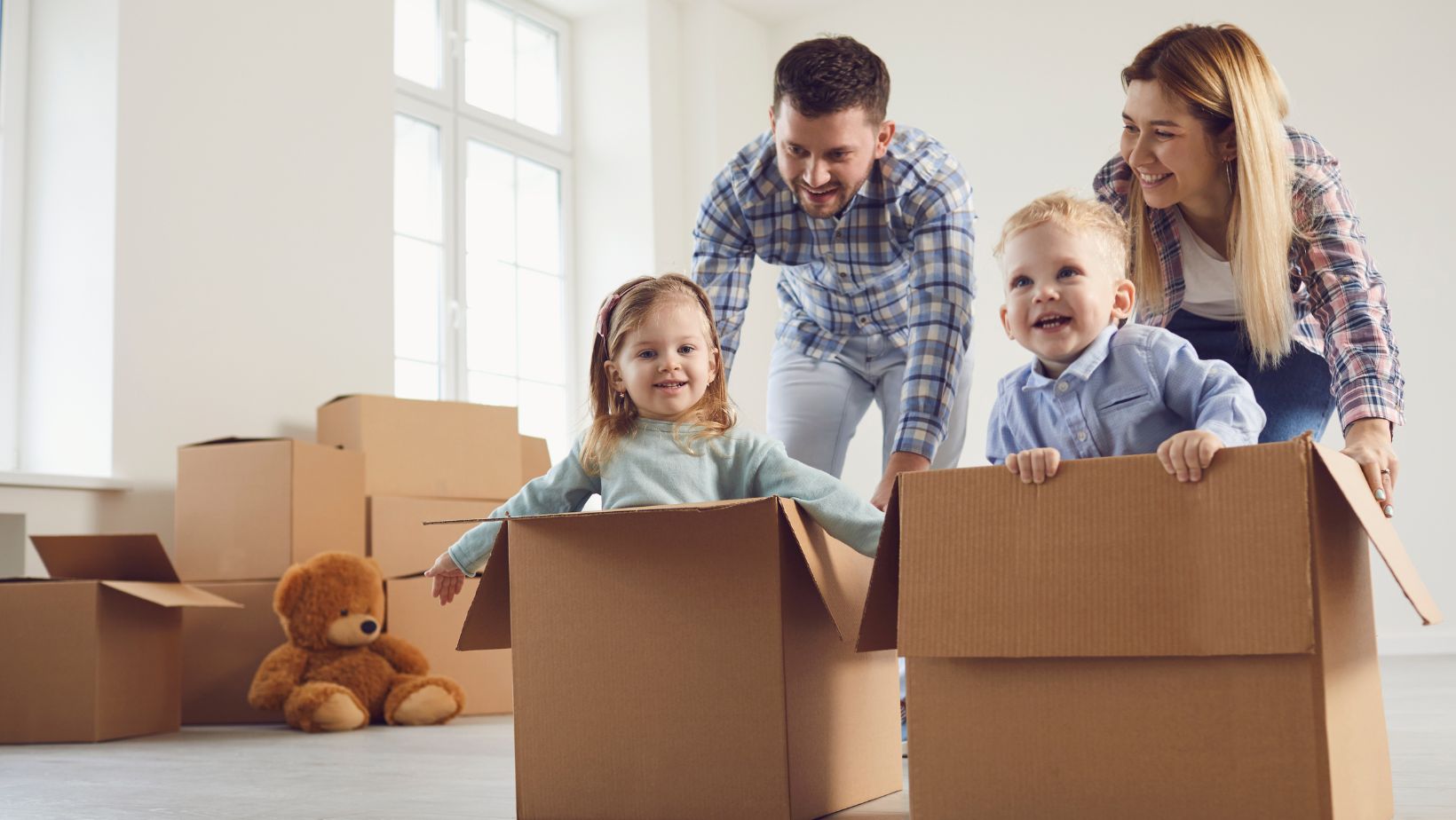Have you ever packed up your life and moved somewhere completely new, only to realize that your feelings didn’t fit neatly into the moving boxes? A new city often comes with excitement, fear, and a strange mix of curiosity and homesickness. Take Miami, for example. People move there for the sun, the beaches, or the booming job market, but what they don’t often talk about is the emotional rollercoaster that follows. Adjusting to new streets, unfamiliar neighbors, and different rhythms of life can feel overwhelming. In this blog, we will share the emotional side of starting fresh in a new place and how to make the transition smoother.
Understanding the Emotional Weight of Moving
A move is more than a physical shift. It disrupts your routines and forces you out of your comfort zone. Suddenly, everything feels unfamiliar—the grocery store layout, the sounds outside your window, even the pace of life. It’s not uncommon to feel lost or even a little lonely during those first weeks. Researchers have found that moving ranks high on the list of stressful life events, right up there with job changes or major breakups.
These emotions don’t mean you made the wrong decision. They are simply your mind’s way of adjusting to new surroundings. The good news is that planning can make the transition less daunting. Partnering with reliable Miami movers can remove the chaos of logistics, giving you the mental space to focus on what really matters—settling into your new life. When you’re not busy worrying about scratched furniture or late deliveries, you can start exploring your new neighborhood with a clearer head.
Think of this time as an opportunity rather than a hurdle. Every new place has a learning curve. But it also brings the chance to rewrite routines and build habits that might have felt impossible before. For example, a move to a coastal city might inspire morning walks on the beach, something that would never have happened in a landlocked town.
Coping with the First Wave of Change
After the last box is unpacked, you might find yourself missing your favorite coffee shop or the neighbors who used to wave when you passed by. This is normal. Humans are creatures of habit, and breaking familiar patterns can feel like pulling the rug out from under your feet.
One practical way to cope is to recreate some of your old comforts. Set up your favorite reading nook the same way you had it before. Hang pictures and display familiar objects quickly, so your new space feels like home. Another tip is to walk or drive around your new area, not just for errands but to explore. Discovering a cozy bakery or a park can help replace that sense of loss with curiosity.
Social connections are also crucial. Saying hello to neighbors or joining local groups—whether it’s a community class or a volunteer program—can ease the feeling of isolation. You might feel awkward at first, but most people appreciate a friendly introduction. If in-person interaction feels intimidating, look for online forums or social groups connected to your new area. These steps help bridge the emotional gap between the place you left and the life you’re building now.
Why Starting Fresh Feels So Intense
Moving forces you to face both physical and emotional clutter. It’s not just about packing dishes or clothes but also about letting go of habits, routines, and sometimes entire chapters of your life. Psychologists often link moves to a sense of identity shift. The old you might feel tied to a specific home or neighborhood, and stepping into a new space can feel like being stripped of that familiar identity.
This is also why moving is tied to broader trends of personal reinvention. Social media is filled with stories of people relocating for better careers, healthier environments, or simpler lifestyles. The post-pandemic era, in particular, has seen a surge in people leaving crowded cities for more spacious, nature-friendly areas. A new home becomes more than just a roof over your head—it becomes a symbol of the life you want to build.
Ironically, while moving can make you feel unsettled, it’s also one of the fastest ways to spark growth. Every time you meet someone new or navigate a new street, your brain adapts and strengthens its resilience. This emotional workout is uncomfortable but rewarding. You’ll look back in a few months and realize how much you’ve changed for the better.
Building Routines That Ground You
One of the best ways to manage the emotional side of moving is to build routines as soon as possible. Start with small things like a morning coffee ritual or a regular evening walk. These patterns give your day structure and help your new surroundings feel familiar. For example, choosing a local café to visit every Saturday can quickly become a comforting tradition.
It’s also smart to set up functional spaces in your home early on. Make sure your kitchen, bedroom, and workspace are organized in ways that make daily tasks simple. When your living space flows well, you’ll feel less stressed and more in control. Something as basic as setting up good lighting in the evenings can make a new house feel warm and inviting instead of cold and foreign.
Adding personal touches helps too. Bring in plants, display family photos, or hang artwork you love. These details create emotional anchors. They remind you that while the place is new, it still reflects who you are. Over time, these small choices turn an unfamiliar house into a space that feels truly yours.
The bottom line? Starting fresh in a new place is as much an emotional journey as a physical one. It’s natural to feel a mix of excitement and uncertainty. The key is to balance both. Embrace the discomfort while creating routines and spaces that feel familiar. Explore your surroundings and connect with people who can make the new place feel like home.
What’s striking about these transitions is how they reflect larger societal shifts. More people today are willing to start over, whether for better opportunities or a better quality of life. Moving is no longer just about finding a new house. It’s about creating a lifestyle that feels meaningful and authentic. When you recognize this, the emotional challenges start to feel like part of a much bigger and rewarding story.



